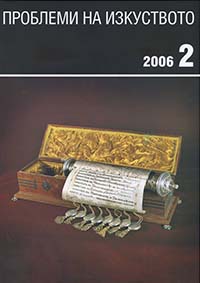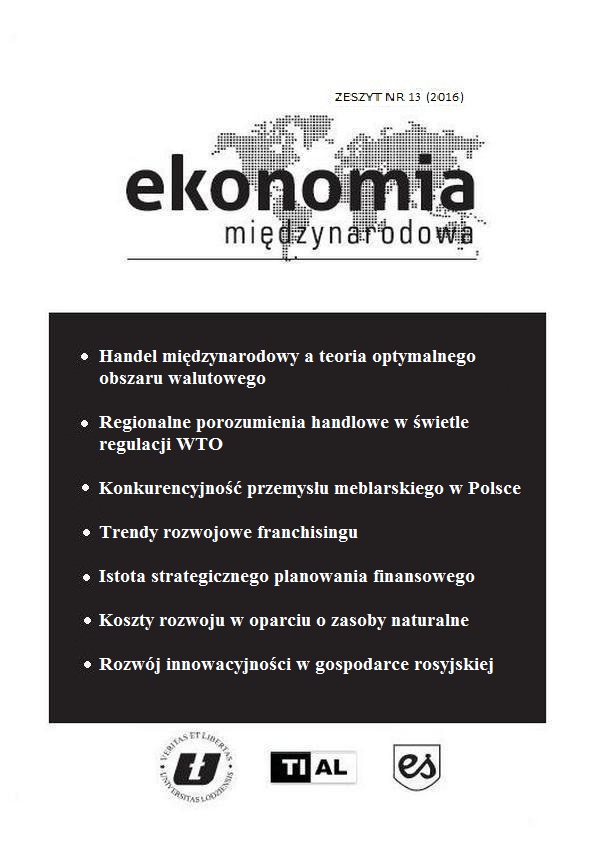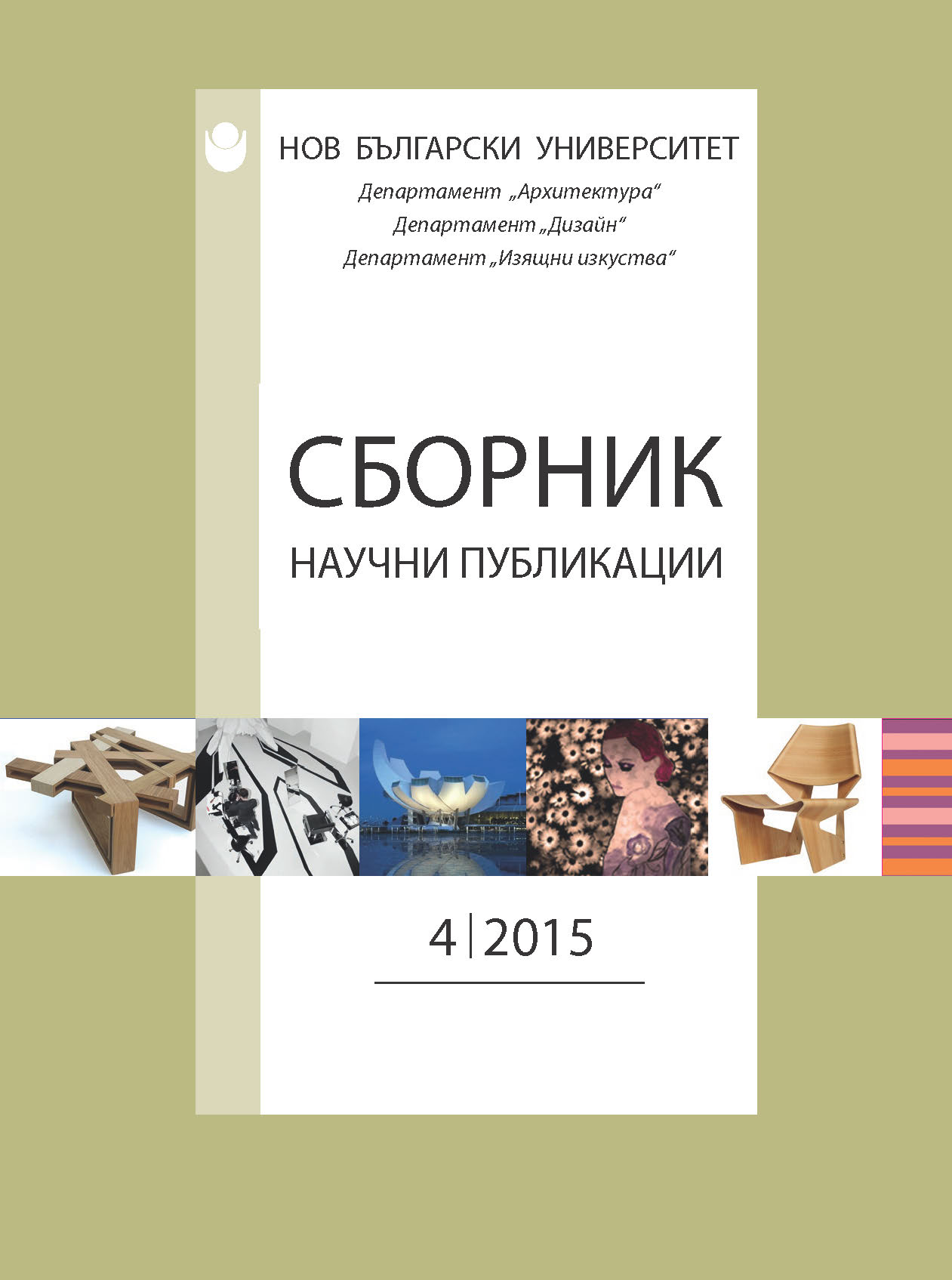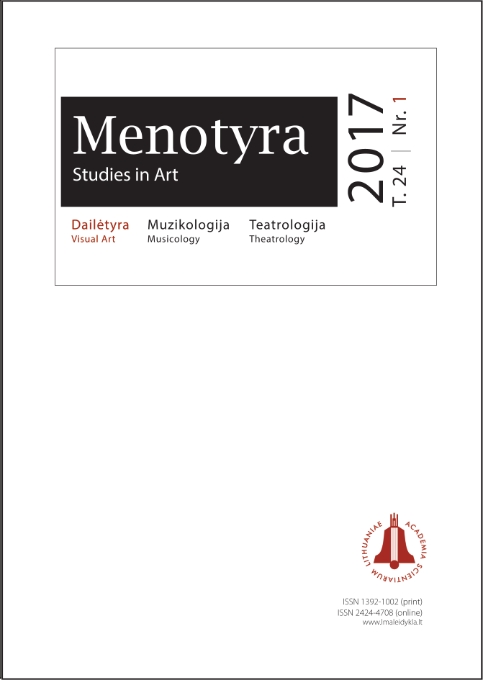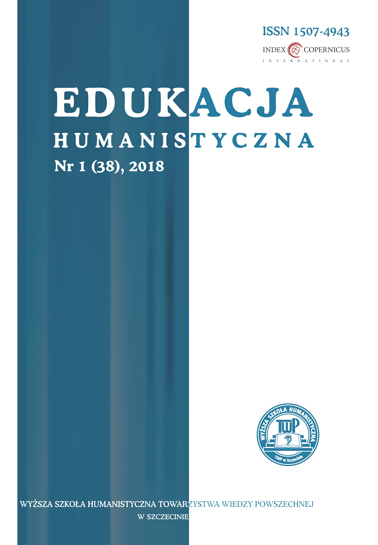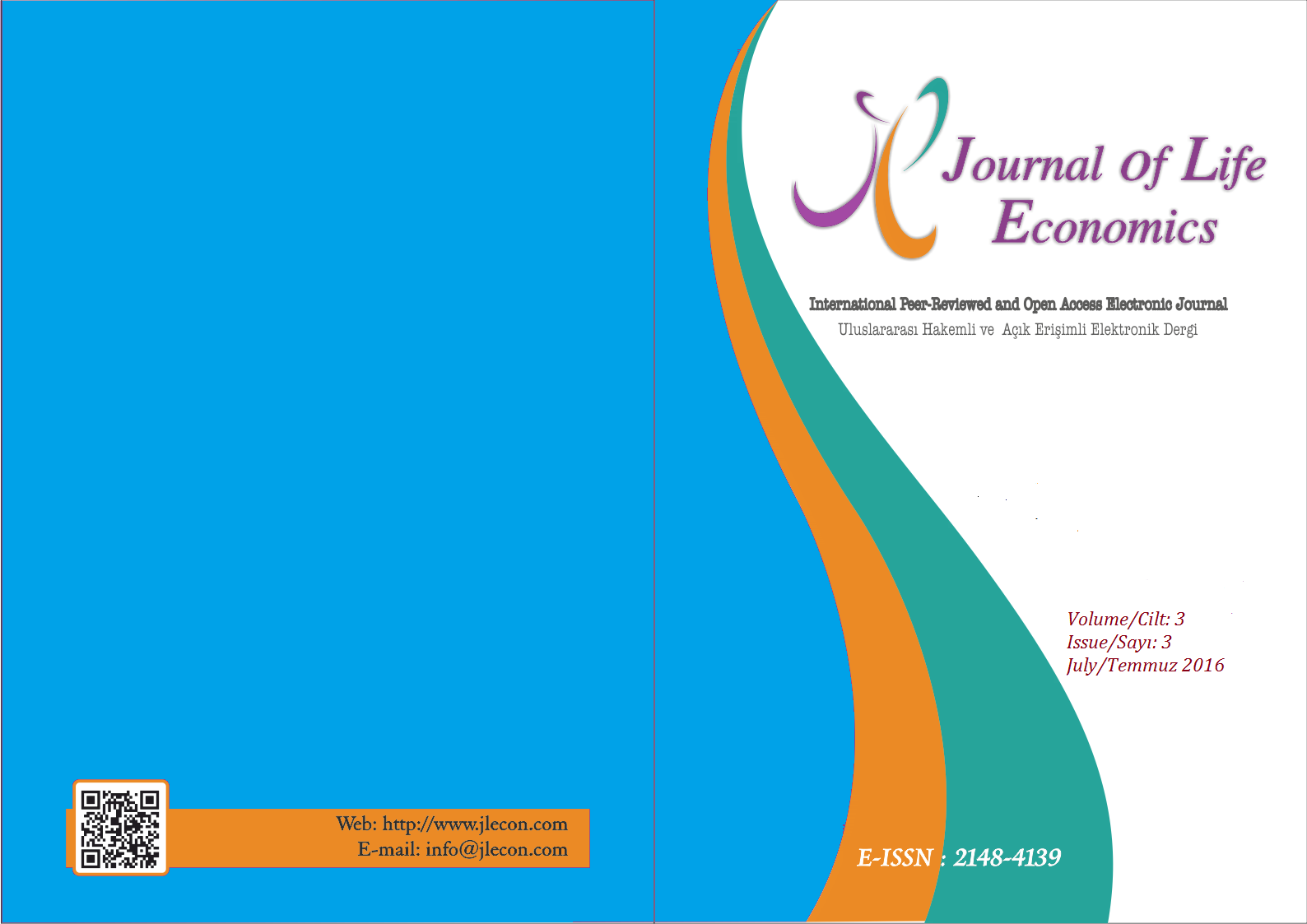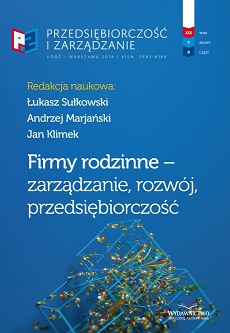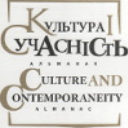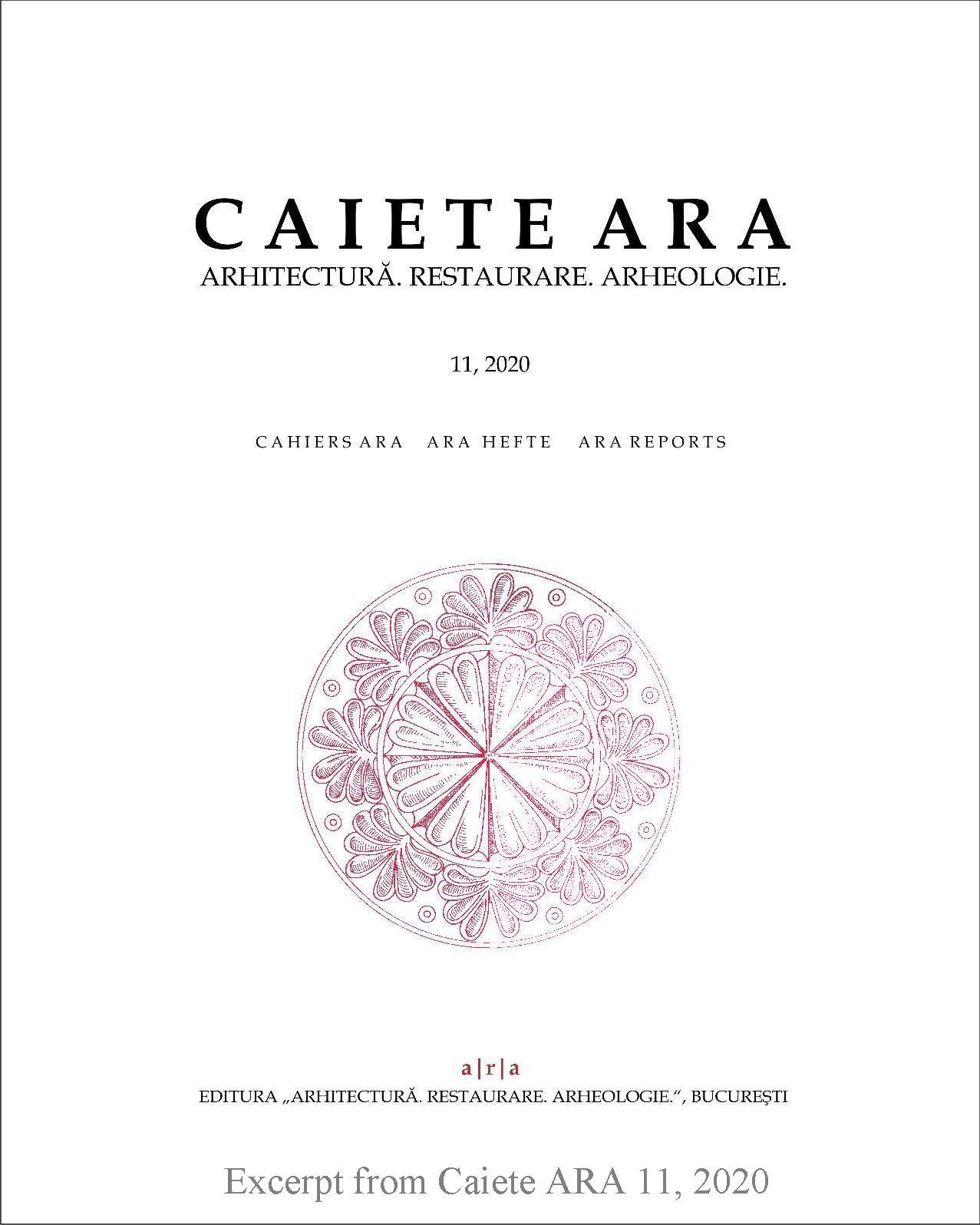Vilniaus baldininkystė XIX a. II pusėje – XX a. pr.: ugdymas ir parodos
Author(s): Eglė Bagušinskaitė / Language(s): Lithuanian
/ Issue: 1/2017
Keywords: Vilnius; furniture; joinery guild; joinery; furniture upholsterer-decoratorč
The development of the furniture craft in Vilnius in the second half of the 19th – beginning of the 20th centuries, as well as the status of the furniture craftsmen belonging to the guilds, acquisition of professional skills, training and participation in Vilnius exhibitions are presented. The mass-produced products spread in the Western European market in the second half of the 19th century gained ill-feeling to the industrial production articles and raised nostalgia. The Arts and Crafts Movement in Great Britain became the resistance expression of the mass industrial production. This movement inspired by artists, when the wares of craftsmen were driven out by industrial products, stimulated the revival of the old crafts, returning to the hand-made wares and admiration for the medieval craftsmen guilds. Indeed, the situation in Lithuania was different. The development of the advanced and modern craftsmanship was impeded by the medieval relict – the guild system, which existed until the end of the 19th century. Craftsmen of the guilds defending their monopoly production rights fought against non-guild craftsmen, craftsmen from other cities and traders and opposed the establishment of the capitalist industry companies. In the second half of the 19th century, the furniture production was based on the craftsmen works predominated in Lithuania continuing the traditions of the guilds craftsmanship. The collision between crafts and industrial production manifested not as the hostile disposition against the mass-produced furniture, but as an attempt on the guild’s production monopoly. Until the 19th century, the old crafts learning system in the guilds existed in Vilnius. The acquisition of occupational skills was hierarchized. Learner–apprentice–master was the traditional scheme of the craft secrets mastering and the development of the professional career. Only at the end of the 19th century – beginning of the last century, new processes originated along with the repercussions of the craft movement. The special courses and schools of crafts, which raised the professional level of craftsmen, mitigated backwardness and represented modern craft ideas.At the turn of the 19–20th centuries, the ideas of a new modern style reached Vilnius. The exhibitions of art and crafts were invoked for the dissemination and introduction of these ideas to craftsmen and society. After application of new artistic ideas, they reflected the turn of the former workshop craftsman towards the modern applied art creator. However, derivations of different historic styles (Baroque Revival, Renaissance Revival, etc.) were the most demanded types among Vilnius society and furniture manufacturers until the turn of the 19–20th centuries. At first, the takeover of new modern artistic tendencies (English, German) was reflected in the furniture design in the exhibition in 1909. The influence of European design tendencies was also reflected in the popularization of production and increased demand for weaved and bamboo furniture at the beginning of the last century.
More...
